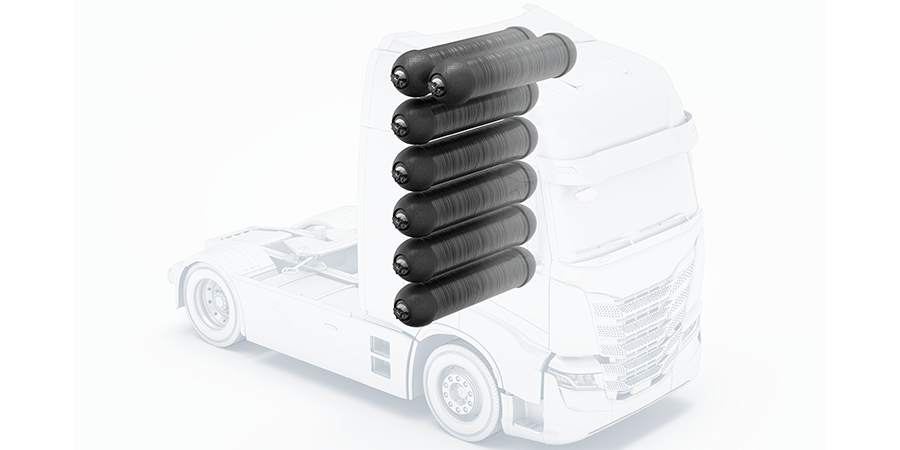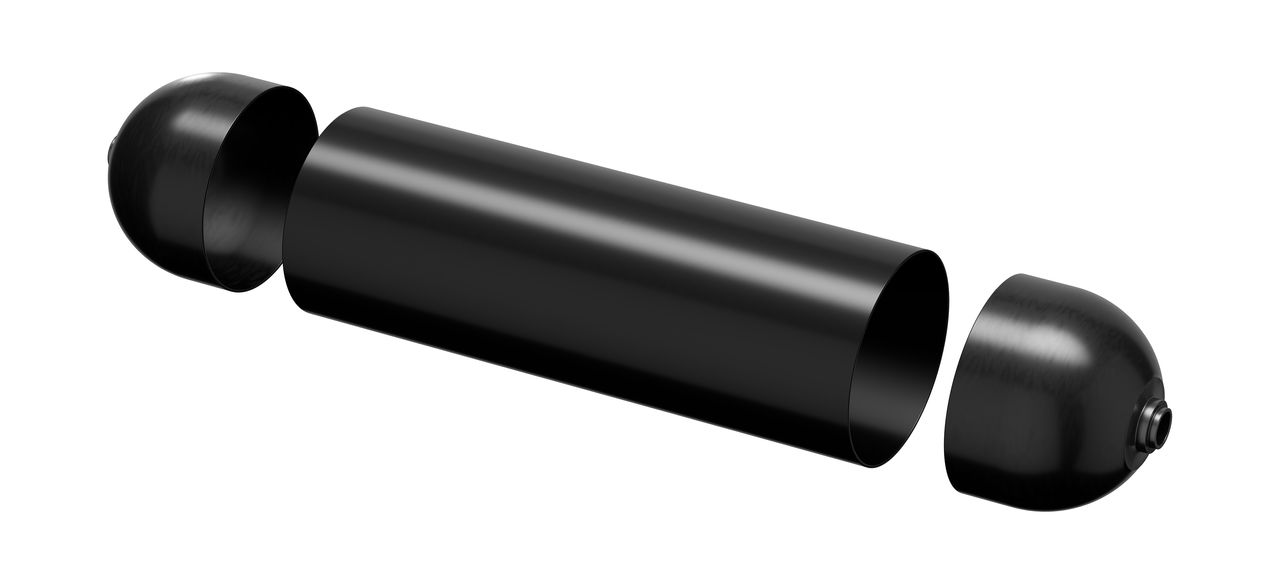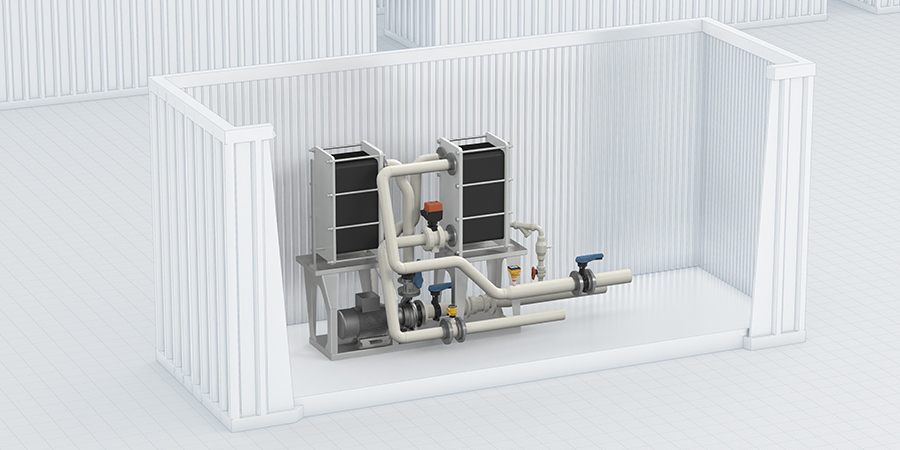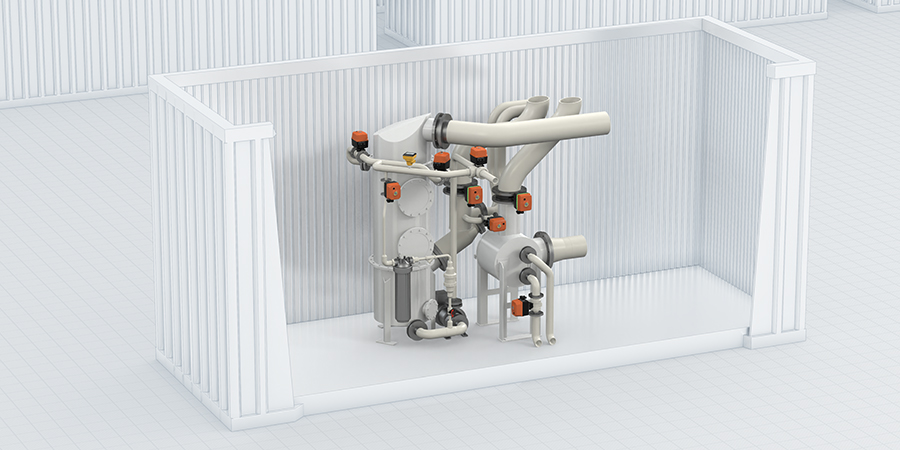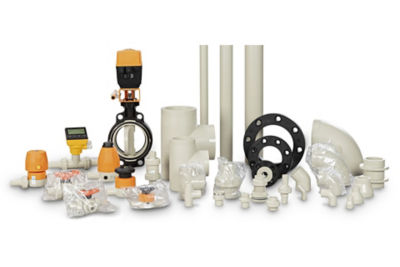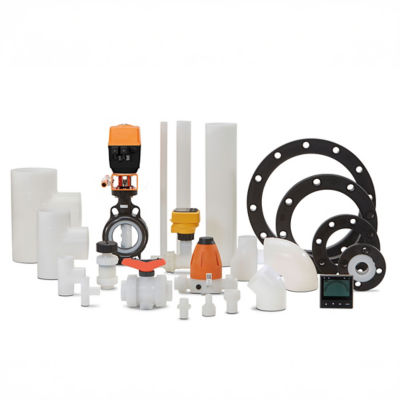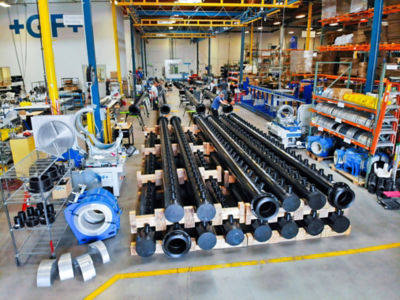Powering Tomorrow
Hydrogen boasts high versatility as one of its key strengths. It can be used for stationary applications for heat generation or introduced into fuel cells to directly generate electricity via an electrochemical process – all with high efficiency and low power losses. Hydrogen fuel cells are an extremely environmentally friendly technology, emitting only water and heat as byproducts. Storing compressed hydrogen in lightweight composite cylinders allows for enhanced payload capacity and facilitates large-scale storage and transportation. We provide inner pipes for high-pressure tank liners, ensuring superior gas barrier properties and impact resistance. Our hydrogen tank components, made from polyamide resins, accommodate various diameters and lengths for applications in hydrogen.


